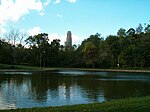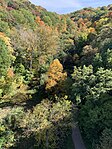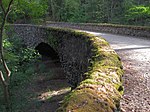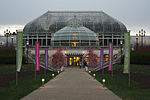Greenfield Elementary School (Pittsburgh, Pennsylvania)
1922 establishments in PennsylvaniaAllegheny County, Pennsylvania Registered Historic Place stubsChicago school architecture in PennsylvaniaCity of Pittsburgh historic designationsGreenfield (Pittsburgh) ... and 7 more
Kiehnel and Elliott buildingsNational Register of Historic Places in PittsburghPittsburgh History & Landmarks Foundation Historic LandmarksPittsburgh building and structure stubsSchool buildings completed in 1922School buildings on the National Register of Historic Places in PennsylvaniaSchools in Pittsburgh
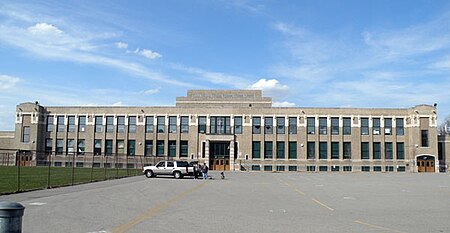
The Greenfield Elementary School (Pittsburgh, Pennsylvania) in the Greenfield neighborhood of Pittsburgh, Pennsylvania, is a building from 1922. It was listed on the National Register of Historic Places in 1986. Pennsylvania also has an Albert M. Greenfield Elementary School in Philadelphia.
Excerpt from the Wikipedia article Greenfield Elementary School (Pittsburgh, Pennsylvania) (License: CC BY-SA 3.0, Authors, Images).Greenfield Elementary School (Pittsburgh, Pennsylvania)
Ivondale Street, Pittsburgh
Geographical coordinates (GPS) Address External links Nearby Places Show on map
Geographical coordinates (GPS)
| Latitude | Longitude |
|---|---|
| N 40.426388888889 ° | E -79.945 ° |
Address
Greenfield Elementary School
Ivondale Street
15207 Pittsburgh
Pennsylvania, United States
Open on Google Maps

